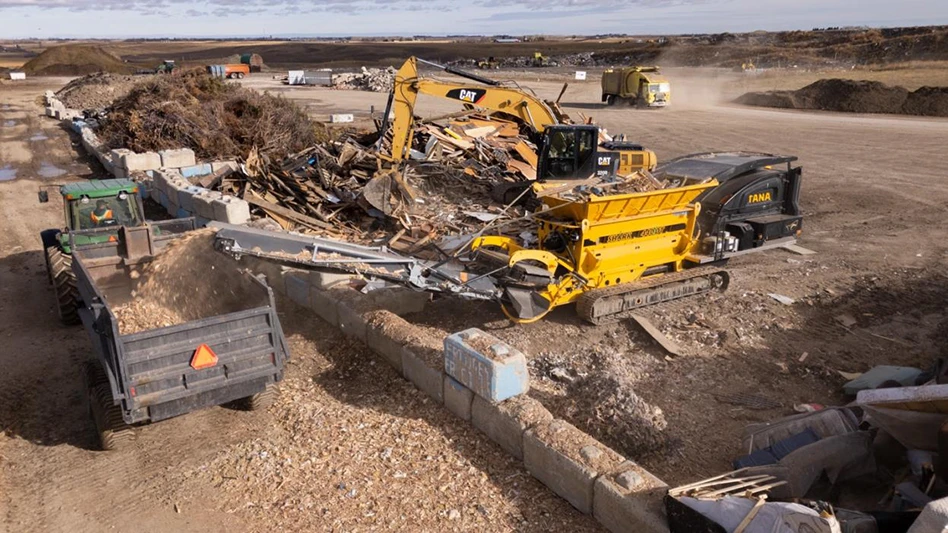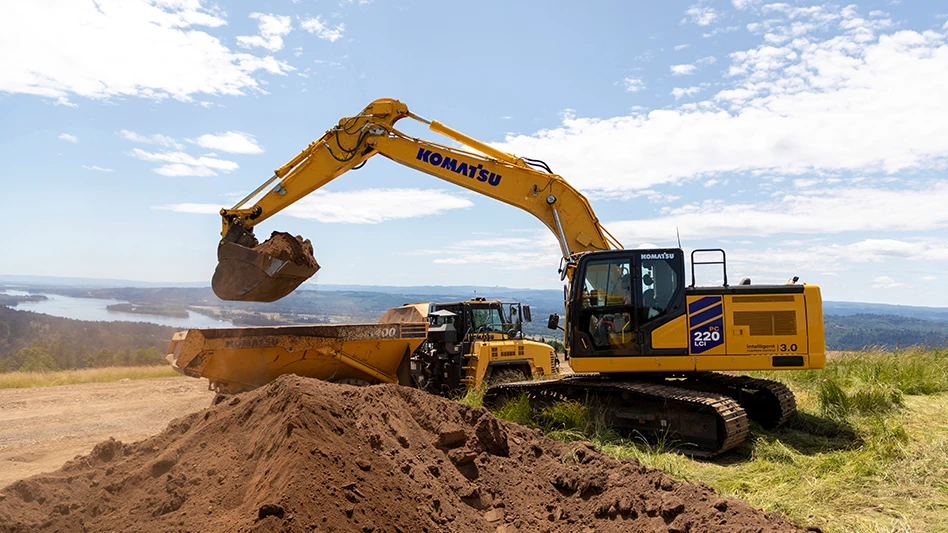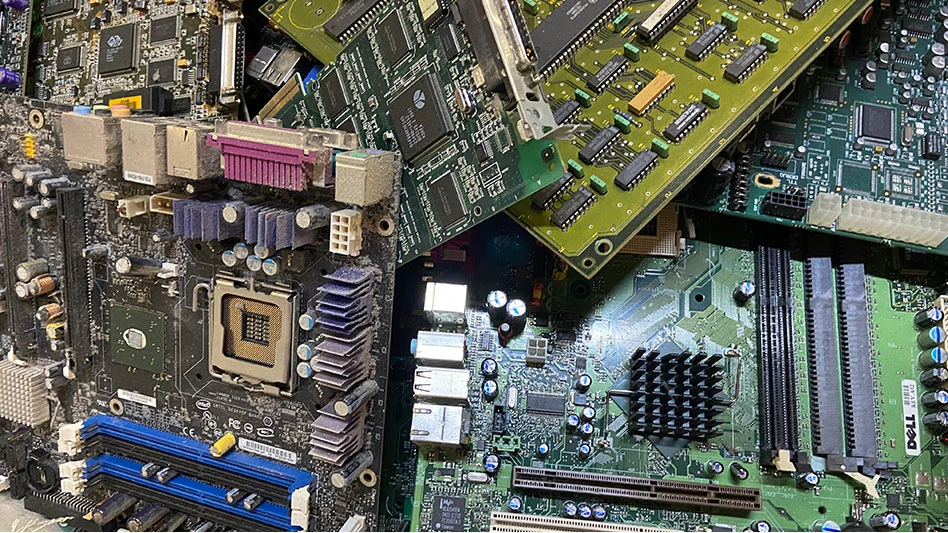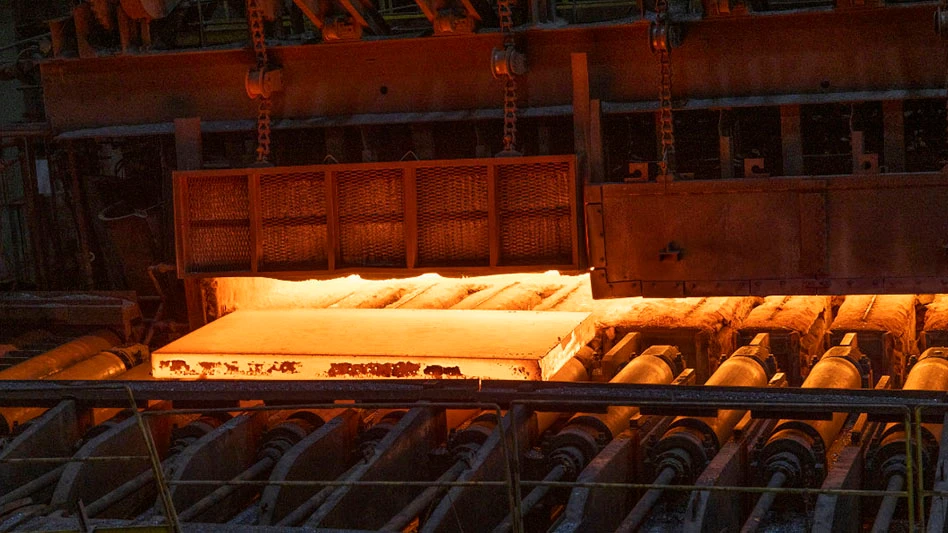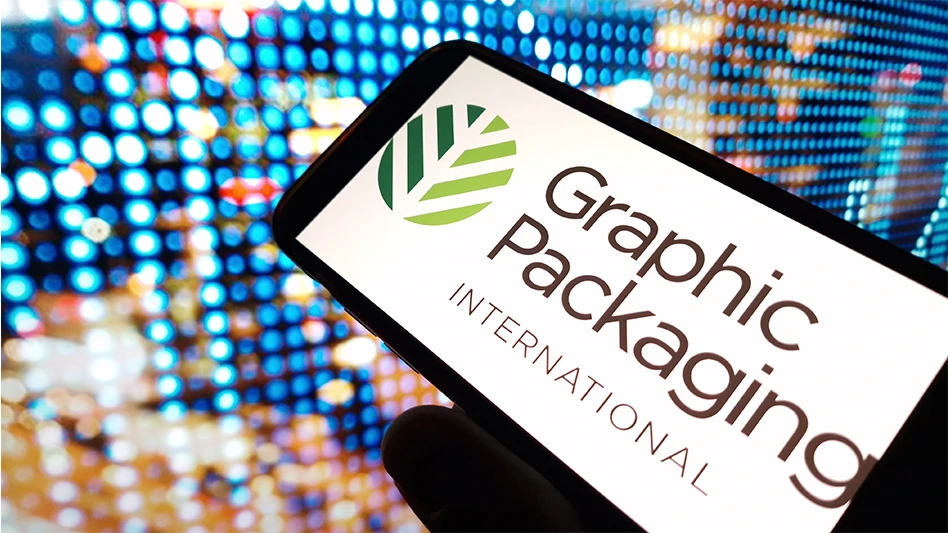
Waste Management
Houston-based waste and recycling company Waste Management Inc. (WM) has issued its “Report on Recycling.” The report is in response to a dialogue among WM; Berkeley, California-based advocacy group As You Sow; and Boston-based Trillium Asset Management earlier this year on boosting U.S. plastic recycling rates.
WM agreed to provide a report that would identify gaps in recycling infrastructure, disclose the types of plastic collected by the company and their markets, provide an assessment of the effectiveness of its material recovery facilities (MRFs) and convey updated policy and advocacy positions on recycling.
In the report, the company notes that it used Resource Recycling Systems (RRS), Ann Arbor, Michigan, to research and gather data on national and regional recyclable plastic tonnage generation and end markets. The company then performed a detailed review of this information with its commodities marketing team and used WM’s 2019 sales information as an overlay for the company’s material flow.
The report looks at data on total national and regional generation, collection and end markets for the three predominant types of plastic collected curbside: polyethylene terephthalate (PET), high-density polyethylene (HDPE) and polypropylene (PP). The company then discloses the volume of PET, HDPE and PP processed at its MRFs and sold to recyclers in 2019, noting where the materials ended up.
According to the report, PET markets are the most consistent: “Buyers of recycled PET tend to be larger companies with more consistent purchasing habits.” However, the report says HDPE recyclers “are smaller and flex between virgin and postconsumer resin based on pricing,” while PP “is dependent on virgin pricing.” The company also notes that PP’s use in packaging is growing, “and WM saw a 10 percent increase in PP tons processed at our MRFs in 2019.”
In terms of the company’s plastic flows, WM reports that 80 percent of the PET that it markets from its MRFs is sold into the Southeast region because of the value of the commodity and shipping costs. The company says that because of the same economic factors, WM does not sell any PET into the Pacific Northwest, South Central, Northeast, mid-Atlantic, Great Lakes, Midwest or New York/New Jersey regions.
WM says most of the HDPE it recovers is sold into the southeastern U.S., the Pacific Southwest, the Great Lakes and the Midwest, while it sells PP into the Southeast, the Pacific Northwest and New York/New Jersey.
Regarding WM’s MRFs, the report says they have been categorized into four tiers based on investment and processing capabilities. The company says it has four MRFs that were opened or are opening this year and feature the latest equipment. This accounts for 8 percent of WM’s MRFs and an equal amount of its MRF tonnage. Twenty of the company’s MRFs fall into the Tier 2 category, having undergone optical sorter and/or screen upgrades within the last two years. These MRFs represent 40 percent of WM’s overall MRFs and 58 percent of its tonnage processed. Twelve MRFs are in the Tier 3 category, meaning investments are planned in the next three years. They represent 25 percent of the company’s MRFs and 25 percent of its tonnage. Finally, WM has 13 MRFs in the Tier 4 category with no plans for upgrades in the near term. They account for 26 percent of the company’s MRFs and process 9 percent of its tonnage.
According to the report, “MRFs are capital intensive facilities with 20-year depreciation schedules for buildings and 10-year depreciation schedules for most of the processing equipment, requiring careful planning and long-term strategic investments. Waste Management maintains a 10-year capital investment schedule used to assess the need for facility upgrades and/or replacements. Due to land use, permitting, capital cost and volume requirements, WM upgrades most MRFs rather than develop new greenfield sites. There are exceptions to this rule, and we continue to make investments in both remodeled and new facilities.”
WM states that demand has a fundamental role in growing recycling tons. “Importantly, adding supply without addressing demand is a recipe for failure because recycling systems are inelastic. Once a material is added to a curbside program, if there is no relationship between the collection and the end markets, recyclability is stymied. This is evidenced by the current mixed paper and glass markets where the supply far outstrips the demand, reducing the economic viability of the process.”
When it comes to increasing domestic plastics recycling, WM says it works with brands and packaging designers to provide input on recyclability, encouraging them to send samples for testing in its MRFs.
The company says it has focused on shifting its recovered plastic sales to domestic consumers since 2013 and by 2018 was no longer exporting residential plastics processed through its MRFs outside of North America. “The only plastic that WM exports is high-grade, source-separated commercial film to reputable high-quality end markets,” according to the report.
To access the full report, visit https://sustainability.wm.com/downloads/WM_Report_on_Recycling.pdf.
Regarding the release of the report, As You Sow says, “We hope this report will serve as a valuable first step in a broader conversation with regulators, packaging producers and consumer brands about policies and practices required to rapidly increase the amount of plastic recycled in the U.S., especially those for which there are existing markets.”
Latest from Recycling Today
- Plastics market turbulence could continue in new year
- EGA Spectro Alloys donates to 30 nonprofits, charitable initiatives
- Signature Systems earns ISO certification
- Poll claims companies worried about future packaging materials shortages
- US EAF mills are running strong: Navigate Commodities
- Survey claims majority of Americans support DRS
- The ESG time trap: How companies fall behind before they ever begin
- Commentary | Recycling: An equation of supply and demand
